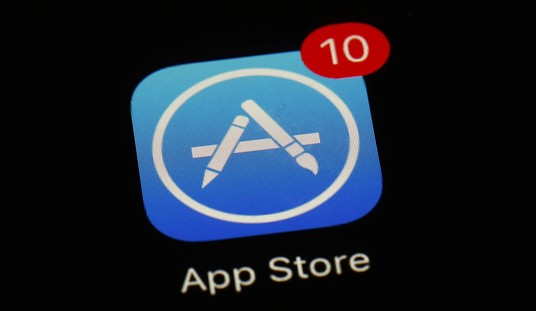ObamaCare rolled out in October. In the following two months, 3.9 million people enrolled in Medicaid. How connected are those two facts? The White House, its allies, and some in the media want people to assume a direct causation — and initially, Washington Post factchecker Glenn Kessler did just that. Kessler used the figure to combine up with the 2.1 million who have signed up for ObamaCare to say that Republican claims that more people have lost insurance than gained it were faulty.
Yesterday, however, Kessler began to have second thoughts, based on Sean Trende’s analysis from earlier this month:
The 4 million new beneficiaries seems to be taking on near-canonical status, even being used by the fact checkers at the Washington Post for evaluating GOP claims.
This is odd, because after looking carefully at the numbers cited, the Medicaid figures are the weakest of the bunch. It’s a virtual certainty that the number of enrollments attributable to Obamacare is an order of magnitude less than the 4 million sign-ups implied, and the number of people [on Medicaid] who would actually lose their insurance if Obamacare were repealed is probably around 200,000 to 300,000.
The problem is identified in this Ezra Klein column (emphasis mine):
“Meanwhile, in October and November alone, more than 4 million people signed up for Medicaid coverage. This number will be much higher when December’s totals are released. It’s hard to say exactly how many of those Medicaid enrollments Obamacare is responsible for — the government’s numbers don’t distinguish between people who signed up through Obamacare’s Medicaid expansion and those who entered the program through pre-existing channels. But the fact remains that Medicaid enrolled well over twice as many people as signed up for private insurance through the exchanges.”
(Note: Klein has just published more to this effect.)
This is really important stuff. The statistics tell us how many people signed up for Medicaid, period, in October and November. The problem is that people are always signing up for Medicaid. Even without the ACA, we would have had people signing up in October and November. Lots of them, in fact: Medicaid is a program that services 60 million citizens, so the number of monthly enrollments that keep a relatively stable population is pretty substantial.
In other words, the numbers fail to account for the normal enrollment flow. The question at hand isn’t whether people can sign up for Medicaid at all; it’s the number who would have not otherwise enrolled signed up because of ObamaCare and its expansion of Medicaid. In that sense, the statistics look more like mere correlation:
The above chart tells us that 1.7 million people were determined eligible for Medicaid in November of this year alone. The charts at the end tell us that 780,000 of these enrollees were in states that have undertaken the Obamacare expansion, while 960,000 of them were in states that have not done so.
So, of the November enrollees, 55 percent are in states where the Obamacare expansion of coverage didn’t occur and the ACA is therefore very unlikely to be directly responsible for their coverage. If we look at the October numbers, a little less than half (49.82 percent) were in states that didn’t expand coverage. Therefore, in total, of the 3.9 million individuals newly covered by Medicaid in October or November, only about 1.9 million are from states that expanded Medicaid.**
The next question is: How many of these 1.9 million are eligible directly because of Obamacare’s Medicaid expansion, and how many were just “normal” Medicaid enrollees? As Klein notes, we’d love to have October and November data on enrollment from last year, but unfortunately we don’t.
Kessler issued himself 3 Pinocchios for using this data unquestioningly, and to everyone else who did as well:
Essentially, then, it is ridiculous to suggest, as the @BarackObama tweet does, that the people who have selected a health plan in the exchanges are in anyway equivalent to the 3.9 to 4.2 million who were deemed eligible for Medicaid.
Soon, CMS will release the Medicaid numbers for December. Presumably the new numbers will reveal as little about the impact of the Affordable Care Act as the 3.9 million figure. Reporters need to be very careful about using the new figure in any sentence that includes a reference to the new health-care law.
We’re awarding Three Pinocchios to everyone, including The Fact Checker, who improperly used this number or left the wrong impression about it.
However, there is one more point which Kessler misses. The 2.1 million number for non-Medicaid ObamaCare enrollments which he uses for the other end of his equation is also highly questionable. Those are sign-ups within the exchanges and not confirmed enrollments. As testimony yesterday made clear, the Obama administration actually has no idea how many enrollments have actually taken place — where the insurance company has the correct data, has issued the policy, and where the consumer has paid the premium. The government is supposed to know this, but they haven’t built the back-end systems to track that yet.
What we do know is that between five and six million people lost their health insurance plans in 2013, thanks to the ObamaCare mandates. And what these figures and their context strongly indicate is that we are still far from the break-even point for the lost coverage.








Join the conversation as a VIP Member